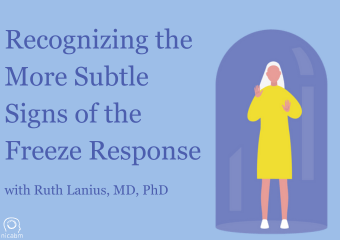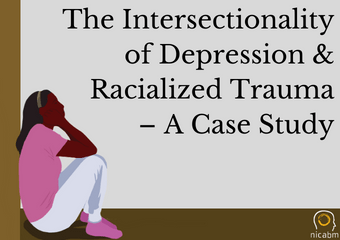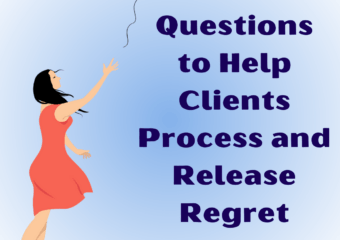It’s often easy to identify the obvious cues that your client is in freeze . . . . . . but what about times when the signs are so subtle, you might dismiss it (or even overlook it)? In the video below, Ruth Lanius, MD, PhD shares how recognizing a more subtle sign of freeze […]
The Intersectionality of Depression & Racialized Trauma – A Case Study
Race and trauma can often be intertwined, particularly for BIPOC clients. And these experiences can leave them feeling disempowered and hopeless. What’s more, for clients with a history of racial trauma, this sense of hopelessness can deepen into depression, especially in a society that often fails to recognize the impact of racism. So how might […]
Three Questions to Help Clients Process and Release Regret
When regret takes hold, many clients spiral into self-criticism and self-blame . . . . . . and too often, it becomes a debilitating loop that only deepens their regret. But according to Ron Siegel, PsyD, there are three key questions you might ask to help your client begin to disrupt this cycle and release […]
Pat Ogden, PhD’s Go-To Strategies for Working with Clients who Please & Appease
In the aftermath of trauma, getting to the heart of your client’s pain can be complex – especially when that client is caught in a defense response pattern that trauma researchers often identify as please and appease. For many clients, chronic people-pleasing bleeds into every relationship. . . . . . and when that includes […]
Four Key Components of Confronting a Narcissistic Personality – with Ellyn Bader, PhD
When it comes to confronting a client’s pattern of narcissism or grandiosity, it’s safe to say you might meet with some pushback along the way. So to up your chances of success (and also mitigate the risk of damage to the therapeutic relationship), it can be helpful to pad your treatment plan with a few […]




